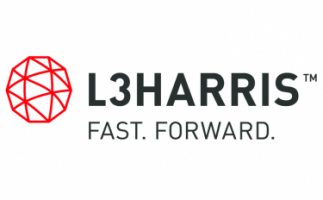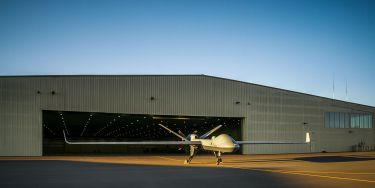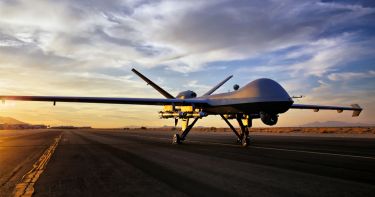Fast-Track training for pilots who never leave the ground

April 9, 2020 - Explosive growth in the use of drones or remotely piloted aircraft for commercial and military operations has increased the demand for trained operators, and the U. S. Air Force has turned to L3Harris for solutions to that challenge. Traditional live-flight training approaches are time consuming, expensive and can tie up valuable resources.
Last year, the U.S. Air Force tasked L3Harris with the rapid development of a new simulation-based approach to prepare field operators of the MQ-9 Reaper – a remotely piloted aircraft used for surveillance, reconnaissance and strikes. L3Harris already had a successful track record with the Air Force’s MQ program since 2005, when the military branch became the company’s first unmanned aircraft system training customer on the MQ-1 Predator.
Bringing new crews up to speed requires initial qualification training that involves ISR, close-air-support, aerial interdiction and strike coordination.
L3Harris leveraged its nearly 100 years of experience with simulator-based aviation training to create new, interactive technology that complements live flight training. To meet the short-turn schedule, engineers first extensively studied the existing processes and shadowed the trainers and candidates before developing their proposed solution.
“The Air Force asked our team to take an already sophisticated training program and enhance it further by leveraging new protocols that included allowing our engineers to work alongside active duty teams to understand their needs in real time,” said Matt Martin, former Air Force MQ-9 pilot and current L3Harris strategic development principal.
Working with an active-duty team at Holloman Air Force Base, New Mexico, some L3Harris engineers embedded with the students to understand their needs, while others coordinated with active-duty instructors to help evolve their day-to-day training lessons. In this way, the L3Harris engineers were able to capture the unit’s real-time emerging needs, translate those needs directly into new capabilities, conduct testing with the users while fielding those capabilities, and make corrections on the spot in response to operator feedback.
“Our interactive technology challenged new operators in a virtual environment filled with a high-level of tactical complexity,” said Martin. “Having a higher-fidelity simulation system to augment live flight training helps pilots overcome unexpected weather challenges, while at the same time enhancing training on diverse target sets.”
The result is an enhanced, interactive simulation training solution that combines advanced technologies and procedures to turn students into operators faster and more efficiently than before.
After completing and deploying the solution at Holloman AFB, the primary active-duty training location for the MQ-9, the Air Force implemented the same training package to nearly all of its 22 U.S. MQ-9 operational locations.
“The enhanced training package allows student operators to go through the training pipeline more quickly, which leads to MQ-9 units gaining operators faster. More than 400 crews were trained using different elements of the upgraded package just last year,” said Martin. “We’re proud to have increased the quality and quantity of graduates from the program.”









